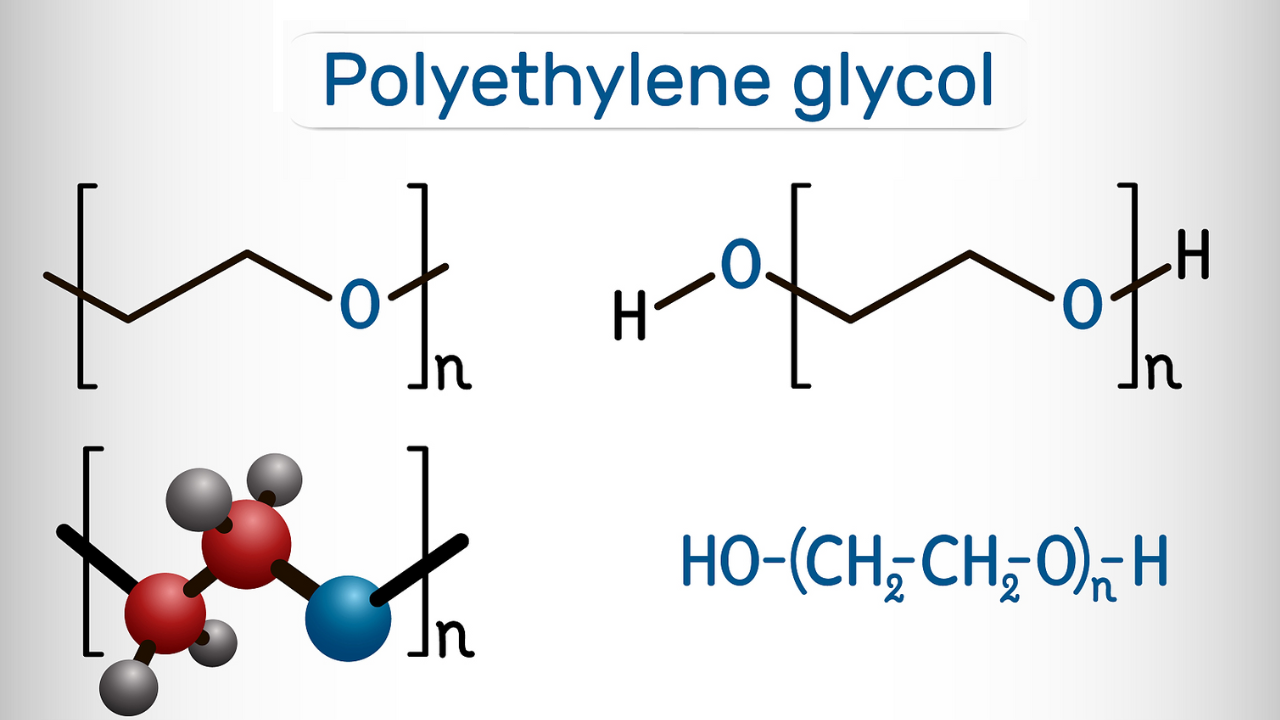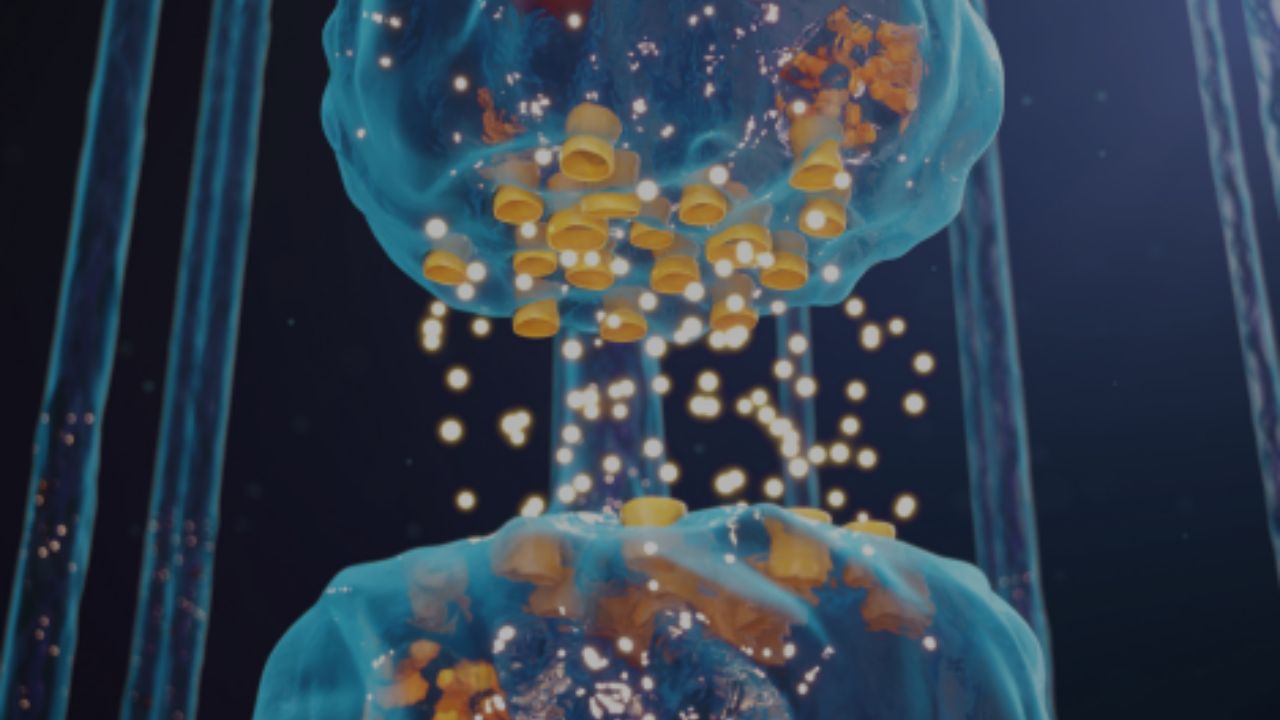What are Amino Acids?
Amino acids are carboxylic acids containing an amino group and are the building blocks of proteins.
Amino acids are linked by peptide bonds and hydrolyzed by proteases and peptidases.
Types of Amino Acids
There are at least 180 amino acids in nature, each with a wide variety of functions. Amino acid uses are broadly categorized into three main groups: essential amino acids, rare amino acids, and non-proteinogenic amino acids.
Amino acids used in protein synthesis are called essential amino acids. Each has its own codon, which is recognized by a corresponding tRNA and used by the ribosome for protein synthesis.
There are 22 basic amino acids discovered so far, of which 20 are the most common basic amino acids, and the other two are selenocysteine and pyrrolysine.
Selenocysteine, the 21st essential amino acid, is rarely used in the human body. It has a corresponding genetic code and tRNA, and is directly involved in protein synthesis. Selenocysteine is a non-essential amino acid, and its aminoacyl-tRNA synthesis is unique: selenocysteine is synthesized from seryl-tRNA.
Pyrrolysine, the 22nd essential amino acid, is found only in methanogens and not in humans. Therefore, the human body only has 21 essential amino acids.
With the exception of proline, all essential amino acids are α-amino acids, meaning they have an amino group on the carbon atom closest to the carboxyl group (the α-carbon atom).
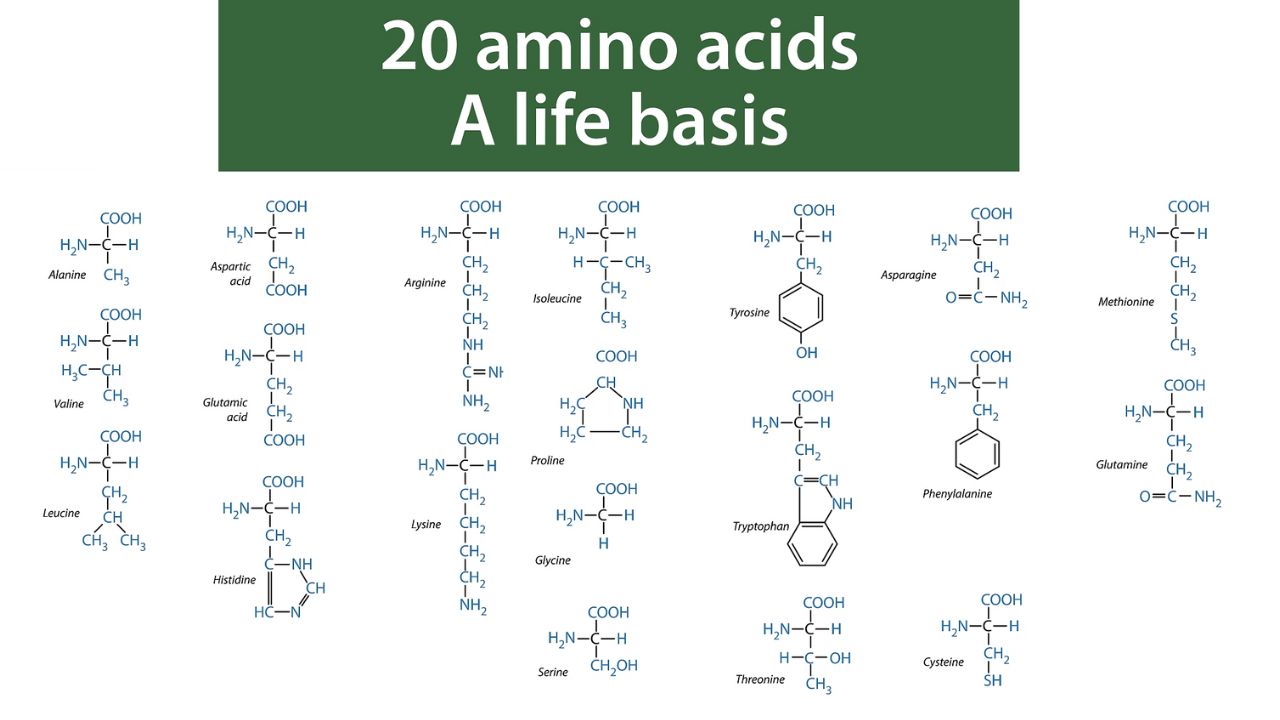
Properties of Common Amino Acids
| Name | 3-Letter Code | 1-Letter Code | Molecular Formula | Molecular Weight | Residue Weight (-H2O) | Isoelectric Point |
| Alanine | Ala | A | C3H7N1O2 | 89.09 | 71.08 | 6.01 |
| Arginine | Arg | R | C6H14N4O2 | 174.2 | 156.19 | 10.76 |
| Asparagine | Asn | N | C4H8N2O3 | 132.12 | 114.11 | 5.41 |
| Aspartic Acid | Asp | D | C4H7N1O4 | 133.1 | 115.09 | 2.77 |
| Cysteine | Cys | C | C3H7N1O2S1 | 121.16 | 103.15 | 5.05 |
| Glutamine | Gln | Q | C5H10N2O3 | 146.15 | 128.13 | 5.65 |
| Glutamic Acid | Glu | E | C5H9N1O4 | 147.13 | 129.12 | 3.22 |
| Glycine | Gly | G | C2H5N1O2 | 75.07 | 57.05 | 5.97 |
| Histidine | His | H | C6H9N3O2 | 155.16 | 137.14 | 7.59 |
| Isoleucine | Ile | I | C6H13N1O2 | 131.17 | 113.16 | 6.02 |
| Leucine | Leu | L | C6H13N1O2 | 131.17 | 113.16 | 5.98 |
| Lysine | Lys | K | C6H14N2O2 | 146.19 | 128.18 | 9.6 |
| Methionine | Met | M | C5H11N1O2S1 | 149.21 | 131.20 | 5.74 |
| Phenylalanine | Phe | F | C9H11N1O2 | 165.19 | 147.18 | 5.49 |
| Proline | Pro | P | C5H9N1O2 | 115.13 | 97.12 | 6.3 |
| Serine | Ser | S | C3H7N1O3 | 105.09 | 87.08 | 5.68 |
| Threonine | Thr | T | C4H9N1O3 | 119.12 | 101.11 | 5.6 |
| Tryptophan | Trp | W | C11H12N2O2 | 204.23 | 186.22 | 5.89 |
| Tyrosine | Tyr | Y | C9H11N1O3 | 181.19 | 163.18 | 5.66 |
| Valine | Val | V | C5H11N1O2 | 117.15 | 99.13 | 5.96 |
| Hydroxyproline | Hyp | O | C5H9NO3 | 131.13 | 113.11 | |
| Pyroglutamatic | Glp | U | C5H7NO3 | 139.11 | 121.09 | 5.68 |
Amino Acids by Side Chain Table
Classification by the chemical properties of the R group on the side chains
| Name | Polarity | Acid-Base Property | Side Chain Type2 | Hydrophilicity | Side Chain Type |
| Alanine | Nonpolar | Neutral | Aliphatics | Hydrophobic | Aliphatic amino acids with hydrophobic side chains |
| Arginine | Positively Charged | Basic | Basic Amino Acids | Hydrophilic | Amino acids with positively charged side chains |
| Asparagine | Polar | Neutral | Amides | Hydrophilic | Amino acids with neutral side chains |
| Aspartic Acid | Negatively Charged | Acidic | Acidic Amino Acids | Hydrophilic | Amino acids with negatively charged side chains |
| Cysteine | Polar | Neutral | Sulfur Amino Acids | Hydrophilic | Amino acids with neutral side chains |
| Glutamine | Polar | Neutral | Acidic Amino Acids | Hydrophilic | Amino acids with neutral side chains |
| Glutamic Acid | Negatively Charged | Acidic | Amides | Hydrophilic | Amino acids with negatively charged side chains |
| Glycine | Polar | Neutral | Aliphatics | Hydrophobic | Special amino acids |
| Histidine | Positively Charged | Basic | Basic Amino Acids | Hydrophilic | Amino acids with positively charged side chains |
| Isoleucine | Nonpolar | Neutral | Aliphatics | Hydrophobic | Aliphatic amino acids with hydrophobic side chains |
| Leucine | Nonpolar | Neutral | Aliphatics | Hydrophobic | Aliphatic amino acids with hydrophobic side chains |
| Lysine | Positively Charged | Basic | Basic Amino Acids | Hydrophilic | Amino acids with positively charged side chains |
| Methionine | Nonpolar | Neutral | Sulfur Amino Acids | Hydrophilic | Amino acids with neutral side chains |
| Phenylalanine | Nonpolar | Neutral | Aromatic Amino Acids | Hydrophobic | Aromatic amino acids with hydrophobic side chains |
| Proline | Nonpolar | Neutral | Imino Acids | Hydrophobic | Special amino acids |
| Serine | Polar | Neutral | Hydroxyl Amino Acids | Hydrophilic | Amino acids with neutral side chains |
| Threonine | Polar | Neutral | Hydroxyl Amino Acids | Hydrophilic | Amino acids with neutral side chains |
| Tryptophan | Nonpolar | Neutral | Aromatic Amino Acids | Hydrophobic | Aromatic amino acids with hydrophobic side chains |
| Tyrosine | Polar | Neutral | Aromatic Amino Acids | Hydrophobic | Aromatic amino acids with hydrophobic side chains |
| Valine | Nonpolar | Neutral | Aliphatics | Hydrophobic | Aliphatic amino acids with hydrophobic side chains |
Essential amino acids are used to build proteins. The diverse biological functions of proteins require amino acids with varying charges, hydrophobicity, and reactive groups. Amino acids are classified into the following categories based on the chemical properties of the R group on their side chains:
Amino acids negatively charged side chains
ASP 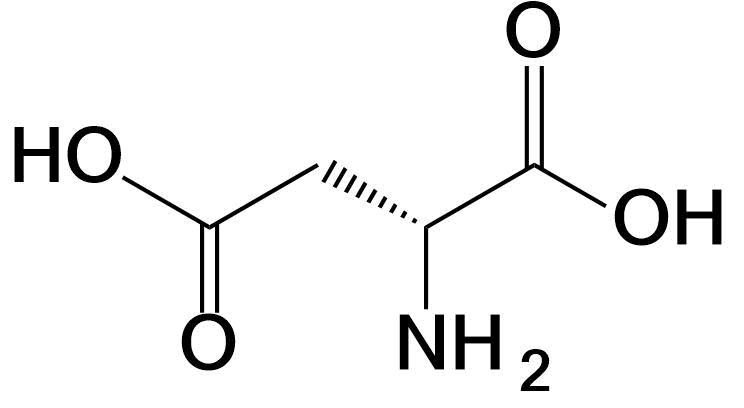
Glu 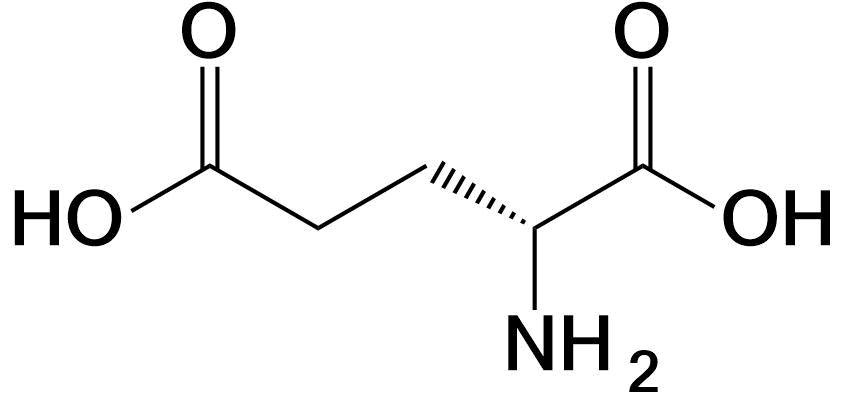
Aromatic amino acids with hydrophobic side chains
Phe 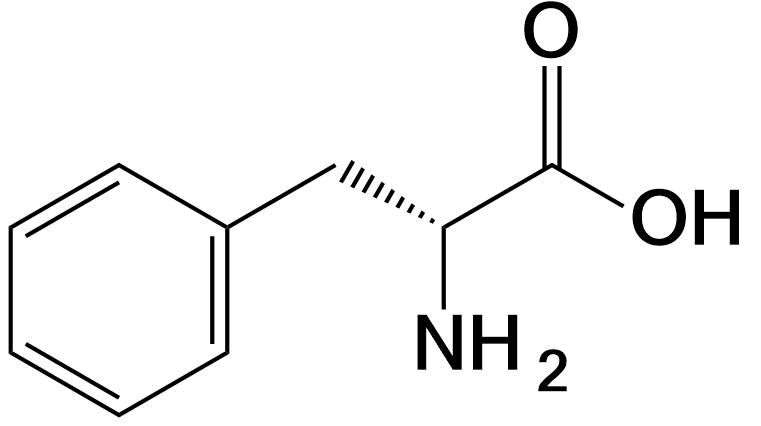
Trp 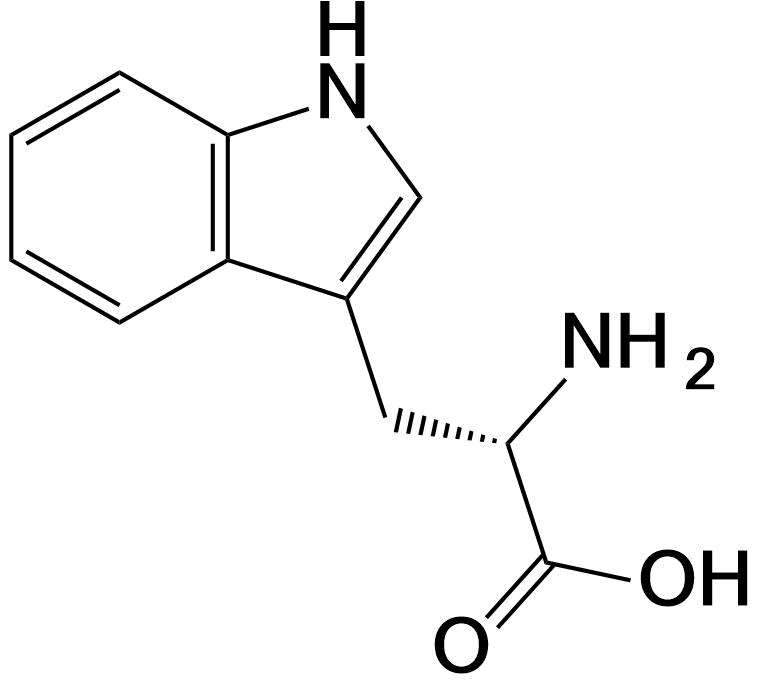
Tyr 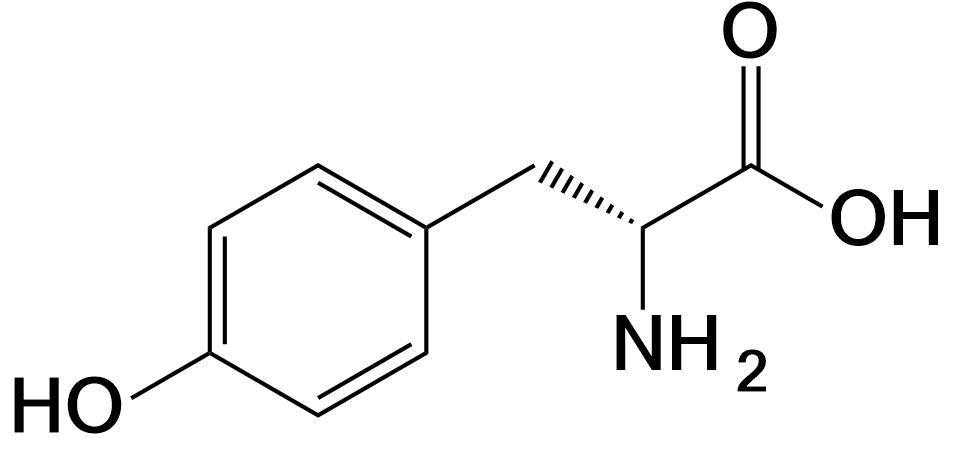
Aliphatic amino acids with hydrophobic side chains
Ala 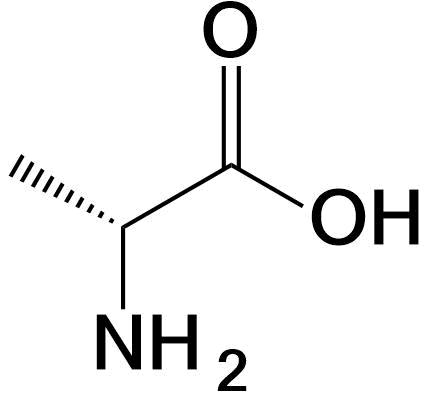
Ile 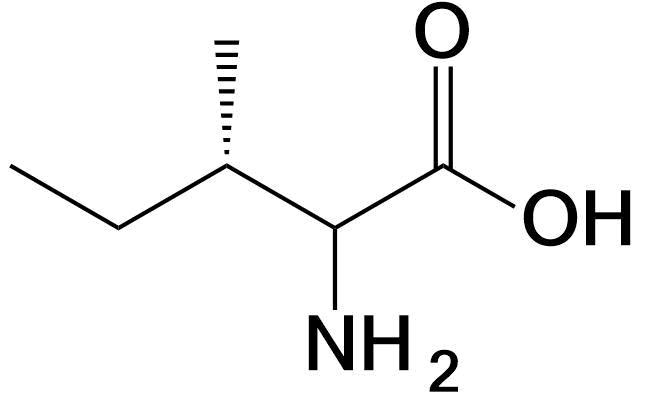
Leu 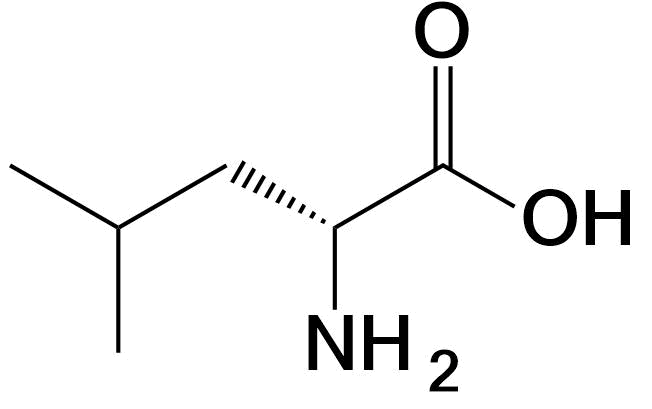
Val 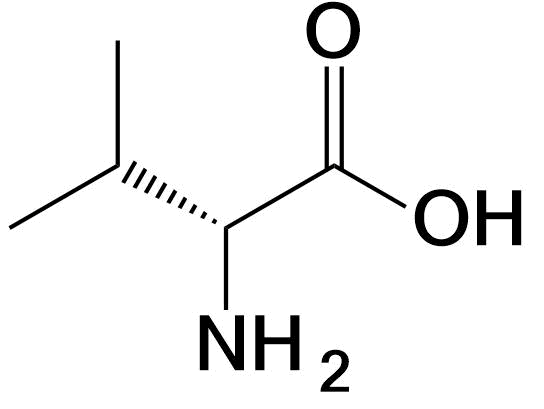
Amino acids with positively charged side chains
Arg 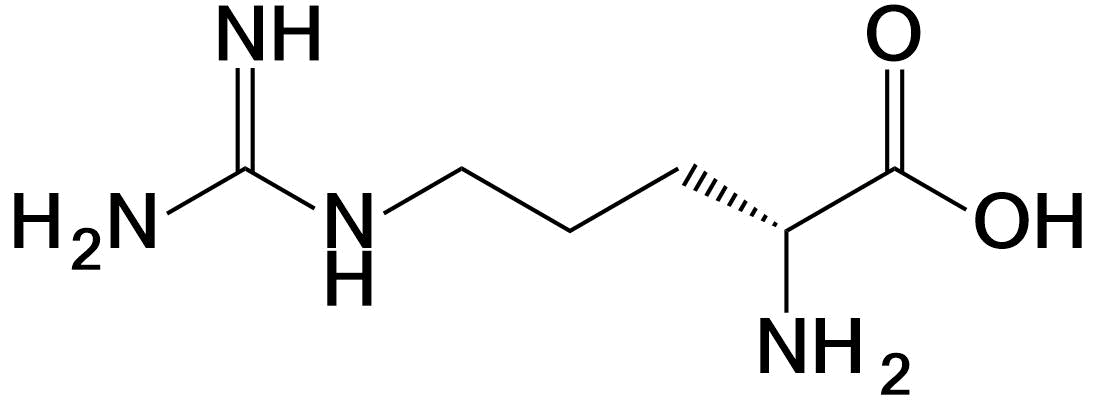
His 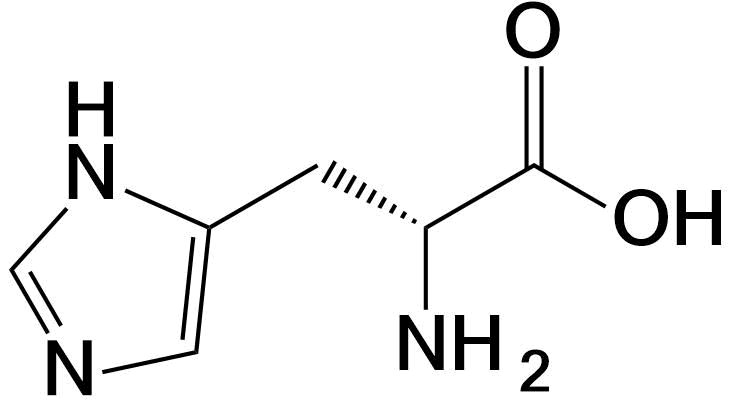
Lys 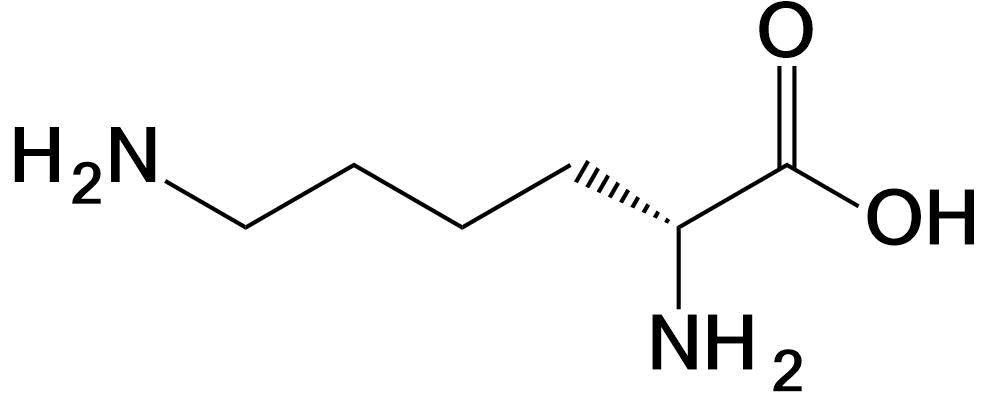
Amino acids with neutral side chains
Asn 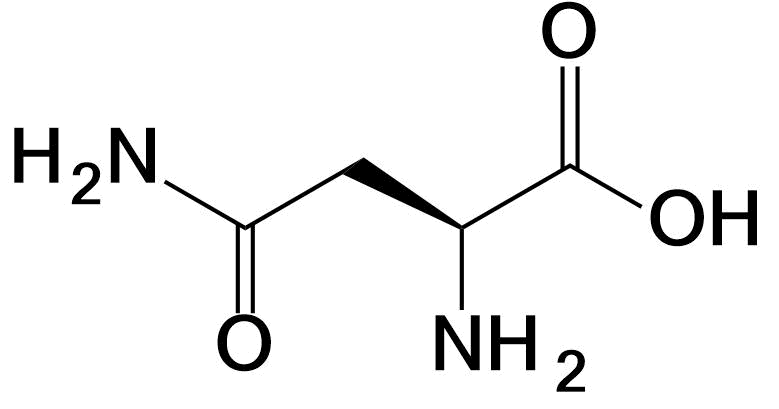
Cys 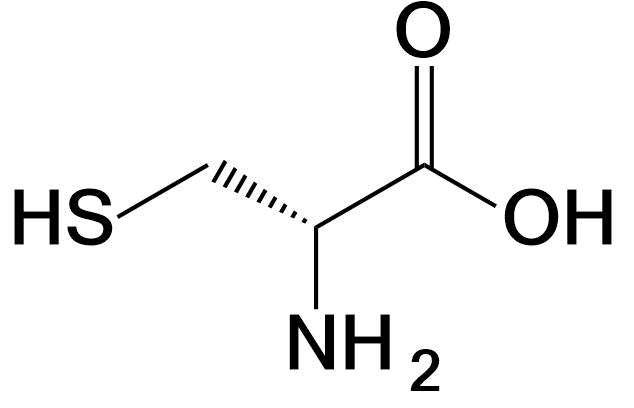
Gln 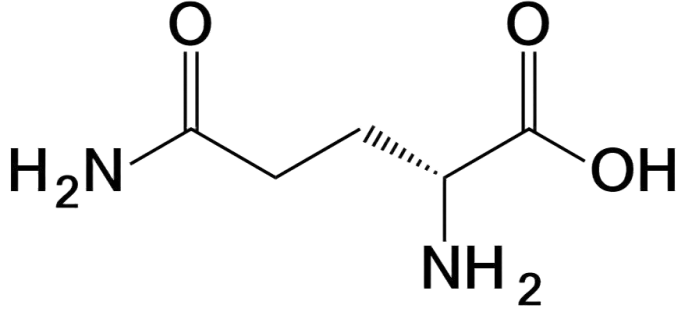
Met 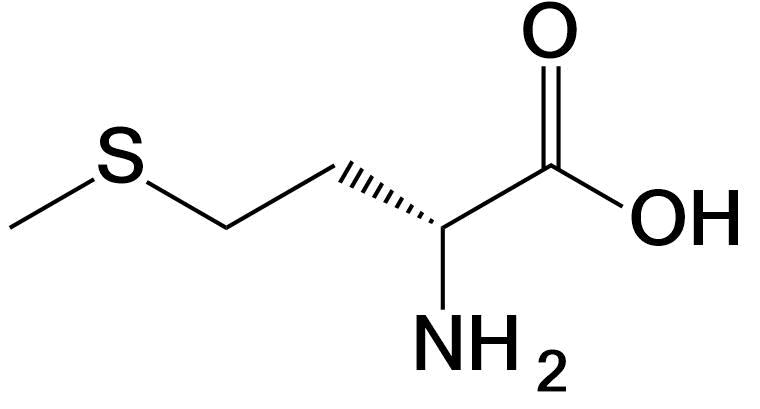
Ser 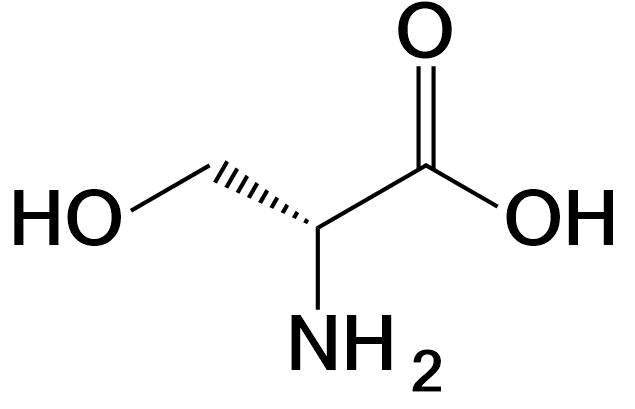
Thr 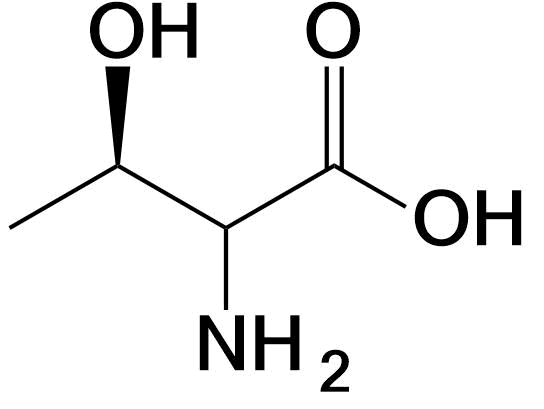
Special amino acids
Gly 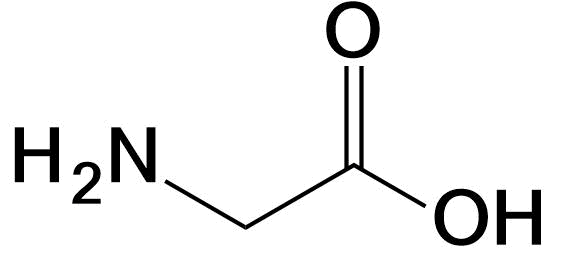
Pro 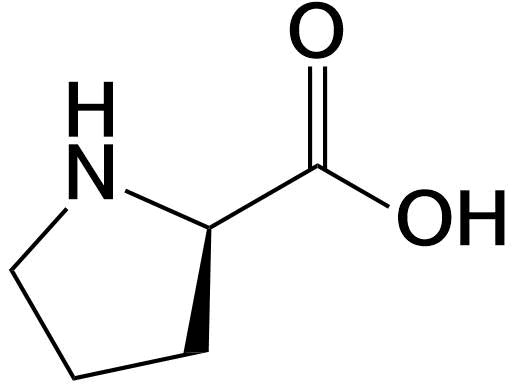
Essential and Non-essential Amino Acids
Classification by whether the human body can synthesize them: Essential amino acids and non-essential amino acids
| Name | 3-Letter Code | 1-Letter Code | Nutritional Function |
| Alanine | Ala | A | Not Essential |
| Arginine | Arg | R | Not Essential |
| Asparagine | Asn | N | Not Essential |
| Aspartic Acid | Asp | D | Not Essential |
| Cysteine | Cys | C | Not Essential |
| Glutamine | Gln | Q | Not Essential |
| Glutamic Acid | Glu | E | Not Essential |
| Glycine | Gly | G | Not Essential |
| Histidine | His | H | Essential |
| Isoleucine | Ile | I | Essential |
| Leucine | Leu | L | Essential |
| Lysine | Lys | K | Essential |
| Methionine | Met | M | Essential |
| Phenylalanine | Phe | F | Essential |
| Proline | Pro | P | Not Essential |
| Serine | Ser | S | Not Essential |
| Threonine | Thr | T | Essential |
| Tryptophan | Trp | W | Essential |
| Tyrosine | Tyr | Y | Not Essential |
| Valine | Val | V | Essential |
| Hydroxyproline | Hyp | O | |
| Pyroglutamatic | Glp | U |
Five Types of Amino Acids Synthetic Pathways by the Human Body
Amino acids are divided into five categories based on their synthetic pathways:
1.Glutamate-type amino acids
All glutamate-type amino acids are derived from α-ketoglutarate and include glutamate, glutamine, proline, arginine, and lysine.
2.Aspartate-type amino acids
3.Pyruvate-derived amino acids
4.Serine-type amino acids
5.Aromatic amino acid-type amino acids.
In general, some of the various types involve simple steps, while others are more complex. Higher animals have abandoned the more complex steps and instead obtain them from food.
Amino Acid Molecular Weight Comparison and Addition/Subtraction Table
| item | Comparison Contents | Mass Spectrum Molecular Weight Differences |
| 1 | Ala+ Ala- Phe | -4.99418 |
| 2 | Ala+ Ala- His | 5.01533 |
| 3 | Ala+ Asp – Trp | -0.01525 |
| 4 | Ala+ Gly – Glu | -0.98401 |
| 5 | Ala+ Gly – His | -9.00032 |
| 6 | Ala+ Gly – Lys | -0.03638 |
| 7 | Ala+ Gly – Met | -2.9819 |
| 8 | Ala+ Gly – Gln | 0.00001 |
| 9 | Ala+ Ile – Trp | -1.95813 |
| 10 | Ala+ Leu- Trp | -1.95813 |
| 11 | Ala+ Asn – Trp | -0.99927 |
| 12 | Ala+ Pro – Tyr | 5.02606 |
| 13 | Ala+ Ser – Arg | 1.96803 |
| 14 | Ala+ Ser – Tyr | -4.99418 |
| 15 | Ala+ Thr – Tyr | 9.02147 |
| 16 | Ala+ Val – Tyr | 7.04221 |
| 17 | Cys + Gly – Arg | 3.92954 |
| 18 | Cys + Gly – Tyr | -3.03267 |
| 19 | Cys + Ser – Trp | 3.9619 |
| 20 | Asp + Gly – Tyr | 8.98509 |
| 21 | Glu+ Gly – Trp | -0.01525 |
| 22 | Gly + Gly – Asp | -0.98401 |
| 23 | Gly + Gly – Ile | 0.95887 |
| 24 | Gly + Gly – Leu | 0.95887 |
| 25 | Gly + Gly – Asn | 0.00001 |
| 26 | Gly + His – Trp | 8.00106 |
| 27 | Gly + Ile – Tyr | 7.04221 |
| 28 | Gly + Lys – Trp | -0.96288 |
| 29 | Gly + Leu- Tyr | 7.04221 |
| 30 | Gly + Met – Trp | 1.98264 |
| 31 | Gly + Asn – Tyr | 8.00107 |
| 32 | Gly + Pro – Phe | 7.00532 |
| 33 | Gly + Pro – Arg | -2.02738 |
| 34 | Gly + Pro – Tyr | -8.98959 |
| 35 | Gly + Gln – Trp | -0.99927 |
| 36 | Gly + Ser – Phe | -3.01492 |
| 37 | Gly + Ser – His | 6.99459 |
| 38 | Gly + Thr – Arg | 1.96803 |
| 39 | Gly + Thr – Tyr | -4.99418 |
| 40 | Gly + Val – Phe | 9.02147 |
| 41 | Gly + Val – Arg | -0.01123 |
| 42 | Gly + Val – Tyr | -6.97344 |
| 43 | Pro + Pro – Trp | 8.02522 |
| 44 | Pro + Ser – Trp | -1.99502 |
| 45 | Ser + Thr – Trp | 2.00039 |
| 46 | Ser + Val – Trp | 0.02113 |
Amino Acid Molecular Weight Comparison and Subtraction Table
| item | Comparison Contents | Mass Spectrum Molecular Weight Differences |
| 1 | Cys – Ala | 31.97207 |
| 2 | Asp – Ala | 43.98983 |
| 3 | Glu- Ala | 58.00548 |
| 4 | Phe – Ala | 76.0313 |
| 5 | Ala- Gly | 14.01565 |
| 6 | His – Ala | 66.02179 |
| 7 | Ile – Ala | 42.04695 |
| 8 | Lys – Ala | 57.05785 |
| 9 | Leu- Ala | 42.04695 |
| 10 | Met – Ala | 60.00337 |
| 11 | Asn – Ala | 43.00581 |
| 12 | Pro – Ala | 26.01515 |
| 13 | Gln – Ala | 57.02146 |
| 14 | Arg – Ala | 85.064 |
| 15 | Ser – Ala | 15.99491 |
| 16 | Thr – Ala | 30.01056 |
| 17 | Val – Ala | 28.0313 |
| 18 | Trp- Ala | 115.0422 |
| 19 | Tyr- Ala | 92.02621 |
| 20 | Asp – Cys | 12.01776 |
| 21 | Glu- Cys | 26.03341 |
| 22 | Phe – Cys | 44.05923 |
| 23 | Cys – Gly | 45.98772 |
| 24 | His – Cys | 34.04972 |
| 25 | Ile – Cys | 10.07488 |
| 26 | Lys – Cys | 25.08578 |
| 27 | Leu- Cys | 10.07488 |
| 28 | Met – Cys | 28.0313 |
| 29 | Asn – Cys | 11.03374 |
| 30 | Cys – Pro | 5.95692 |
| 31 | Gln – Cys | 25.04939 |
| 32 | Arg – Cys | 53.09193 |
| 33 | Cys – Ser | 15.97716 |
| 34 | Cys – Thr | 1.96151 |
| 35 | Cys – Val | 3.94077 |
| 36 | Trp- Cys | 83.07013 |
| 37 | Tyr- Cys | 60.05414 |
| 38 | Glu- Asp | 14.01565 |
| 39 | Phe – Asp | 32.04147 |
| 40 | Asp – Gly | 58.00548 |
| 41 | His – Asp | 22.03196 |
| 42 | Asp – Ile | 1.94288 |
| 43 | Lys – Asp | 13.06802 |
| 44 | Asp – Leu | 1.94288 |
| 45 | Met – Asp | 16.01354 |
| 46 | Asp – Asn | 0.98402 |
| 47 | Asp – Pro | 17.97468 |
| 48 | Gln – Asp | 13.03163 |
| 49 | Arg – Asp | 41.07417 |
| 50 | Asp – Ser | 27.99492 |
| 51 | Asp – Thr | 13.97927 |
| 52 | Asp – Val | 15.95853 |
| 53 | Trp- Asp | 71.05237 |
| 54 | Tyr- Asp | 48.03638 |
| 55 | Phe – Glu | 18.02582 |
| 56 | Glu- Gly | 72.02113 |
| 57 | His – Glu | 8.01631 |
| 58 | Glu- Ile | 15.95853 |
| 59 | Glu- Lys | 0.94763 |
| 60 | Glu- Leu | 15.95853 |
| 61 | Met – Glu | 1.99789 |
| 62 | Glu- Asn | 14.99967 |
| 63 | Glu- Pro | 31.99033 |
| 64 | Glu- Gln | 0.98402 |
| 65 | Arg – Glu | 27.05852 |
| 66 | Glu- Ser | 42.01057 |
| 67 | Glu- Thr | 27.99492 |
| 68 | Glu- Val | 29.97418 |
| 69 | Trp- Glu | 57.03672 |
| 70 | Tyr- Glu | 34.02073 |
| 71 | Phe – Gly | 90.04695 |
| 72 | Phe – His | 10.00951 |
| 73 | Phe – Ile | 33.98435 |
| 74 | Phe – Lys | 18.97345 |
| 75 | Phe – Leu | 33.98435 |
| 76 | Phe – Met | 16.02793 |
| 77 | Phe – Asn | 33.02549 |
| 78 | Phe – Pro | 50.01615 |
| 79 | Phe – Gln | 19.00984 |
| 80 | Arg – Phe | 9.0327 |
| 81 | Phe – Ser | 60.03639 |
| 82 | Phe – Thr | 46.02074 |
| 83 | Phe – Val | 48 |
| 84 | Trp- Phe | 39.0109 |
| 85 | Tyr- Phe | 15.99491 |
| 86 | His – Gly | 80.03744 |
| 87 | Ile – Gly | 56.0626 |
| 88 | Lys – Gly | 71.0735 |
| 89 | Leu- Gly | 56.0626 |
| 90 | Met – Gly | 74.01902 |
| 91 | Asn – Gly | 57.02146 |
| 92 | Pro – Gly | 40.0308 |
| 93 | Gln – Gly | 71.03711 |
| 94 | Arg – Gly | 99.07965 |
| 95 | Ser – Gly | 30.01056 |
| 96 | Thr – Gly | 44.02621 |
| 97 | Val – Gly | 42.04695 |
| 98 | Trp- Gly | 129.05785 |
| 99 | Tyr- Gly | 106.04186 |
| 100 | His – Ile | 23.97484 |
| 101 | His – Lys | 8.96394 |
| 102 | His – Leu | 23.97484 |
| 103 | His – Met | 6.01842 |
| 104 | His – Asn | 23.01598 |
| 105 | His – Pro | 40.00664 |
| 106 | His – Gln | 9.00033 |
| 107 | Arg – His | 19.04221 |
| 108 | His – Ser | 50.02688 |
| 109 | His – Thr | 36.01123 |
| 110 | His – Val | 37.99049 |
| 111 | Trp- His | 49.02041 |
| 112 | Tyr- His | 26.00442 |
| 113 | Lys – Ile | 15.0109 |
| 114 | Ile – Leu | 0 |
| 115 | Met – Ile | 17.95642 |
| 116 | Asn – Ile | 0.95886 |
| 117 | Ile – Pro | 16.0318 |
| 118 | Gln – Ile | 14.97451 |
| 119 | Arg – Ile | 43.01705 |
| 120 | Ile – Ser | 26.05204 |
| 121 | Ile – Thr | 12.03639 |
| 122 | Ile – Val | 14.01565 |
| 123 | Trp- Ile | 72.99525 |
| 124 | Tyr- Ile | 49.97926 |
| 125 | Lys – Leu | 15.0109 |
| 126 | Met – Lys | 2.94552 |
| 127 | Lys – Asn | 14.05204 |
| 128 | Lys – Pro | 31.0427 |
| 129 | Lys – Gln | 0.03639 |
| 130 | Arg – Lys | 28.00615 |
| 131 | Lys – Ser | 41.06294 |
| 132 | Lys – Thr | 27.04729 |
| 133 | Lys – Val | 29.02655 |
| 134 | Trp- Lys | 57.98435 |
| 135 | Tyr- Lys | 34.96836 |
| 136 | Met – Leu | 17.95642 |
| 137 | Asn – Leu | 0.95886 |
| 138 | Leu- Pro | 16.0318 |
| 139 | Gln – Leu | 14.97451 |
| 140 | Arg – Leu | 43.01705 |
| 141 | Leu- Ser | 26.05204 |
| 142 | Leu- Thr | 12.03639 |
| 143 | Leu- Val | 14.01565 |
| 144 | Trp- Leu | 72.99525 |
| 145 | Tyr- Leu | 49.97926 |
| 146 | Met – Asn | 16.99756 |
| 147 | Met – Pro | 33.98822 |
| 148 | Met – Gln | 2.98191 |
| 149 | Arg – Met | 25.06063 |
| 150 | Met – Ser | 44.00846 |
| 151 | Met – Thr | 29.99281 |
| 152 | Met – Val | 31.97207 |
| 153 | Trp- Met | 55.03883 |
| 154 | Tyr- Met | 32.02284 |
| 155 | Asn – Pro | 16.99066 |
| 156 | Gln – Asn | 14.01565 |
| 157 | Arg – Asn | 42.05819 |
| 158 | Asn – Ser | 27.0109 |
| 159 | Asn – Thr | 12.99525 |
| 160 | Asn – Val | 14.97451 |
| 161 | Trp- Asn | 72.03639 |
| 162 | Tyr- Asn | 49.0204 |
| 163 | Gln – Pro | 31.00631 |
| 164 | Arg – Pro | 59.04885 |
| 165 | Pro – Ser | 10.02024 |
| 166 | Thr – Pro | 3.99541 |
| 167 | Val – Pro | 2.01615 |
| 168 | Trp- Pro | 89.02705 |
| 169 | Tyr- Pro | 66.01106 |
| 170 | Arg – Gln | 28.04254 |
| 171 | Gln – Ser | 41.02655 |
| 172 | Gln – Thr | 27.0109 |
| 173 | Gln – Val | 28.99016 |
| 174 | Trp- Gln | 58.02074 |
| 175 | Tyr- Gln | 35.00475 |
| 176 | Arg – Ser | 69.06909 |
| 177 | Arg – Thr | 55.05344 |
| 178 | Arg – Val | 57.0327 |
| 179 | Trp- Arg | 29.9782 |
| 180 | Tyr- Arg | 6.96221 |
| 181 | Thr – Ser | 14.01565 |
| 182 | Val – Ser | 12.03639 |
| 183 | Trp- Ser | 99.04729 |
| 184 | Tyr- Ser | 76.0313 |
| 185 | Thr – Val | 1.97926 |
| 186 | Trp- Thr | 85.03164 |
| 187 | Tyr- Thr | 62.01565 |
| 188 | Trp- Val | 87.0109 |
| 189 | Tyr- Val | 63.99491 |
| 190 | Trp- Tyr | 23.01599 |
Q & A
Q1: What are amino acids?
Amino acids are carboxylic acids containing an amino group and are the building blocks of proteins.
Q2: What are the pathways for tyrosine synthesis?
Currently, there are two main pathways: de novo synthesis and phenylalanine hydroxylation.
Humans only have the phenylalanine hydroxylation pathway.
Plants, bacteria, and other organisms can synthesize tyrosine de novo.
Q3: What are the definitions of essential and non-essential amino acids?
Amino acids that the human body can synthesize on its own are non-essential amino acids.
Amino acids that the human body cannot synthesize on its own and must be obtained from food are essential amino acids.
For a classification of amino acids by nutritional function, please refer to the relevant table.
Q4: Can hydroxyproline be used in protein synthesis?
No.
Once in the human body, hydroxyproline cannot be used in protein synthesis; it can only be oxidized and broken down. The human body uses the 21 essential amino acids for protein synthesis, and only essential amino acids are recognized by the body’s protein synthesis system. Hydroxyproline is not an essential amino acid. It is produced by hydroxylation of proline in proteins. It is not recognized by the protein synthesis system and, therefore, cannot be used in protein synthesis.
Q5: What is the isoelectric point? How is it calculated?
The pH at which the net charge of an amino acid molecule is zero is called the isoelectric point (pI) of the amino acid. The isoelectric point is the arithmetic average of the two pK values before and after the isoelectric point. For amino acids with dissociable groups in their side chains, theoretically, the dissociation equation should be used to determine which two pK values to use for the average. Here’s a tip: use two values that are relatively close. The reason is simple: when the electrostatic charge of an acidic amino acid is zero, the two carboxyl groups are primarily dissociating, so the two smaller pK values should be used for the average. For basic amino acids, the two larger pK values should be used for the average.
Q6: What other uses do amino acids have in daily life?
Glycine has a sweet taste, 80% of the sweetness of sucrose. It is used as a flavoring in the food industry to reduce bitterness and enhance sweetness. Alanine, serine, threonine, and proline also have a sweet taste. D-tryptophan is 35 times sweeter than sucrose and can be used as a non-nutritive sweetener. Glutamic acid has an umami flavor, and monosodium glutamate is the main component of MSG. Aspartic acid also has an umami flavor, but it’s weaker than glutamic acid. Aspartic acid is also used to synthesize the sweetener aspartame (aspartame).
Q7: Is the buffering capacity of a protein equivalent to the buffering capacity of all the free amino acids that make up that protein?
No.
Because many amino acids in proteins are folded internally and cannot dissociate, the buffering capacities of all amino acids cannot be linearly added together, so they do not contribute to the buffering capacity.
Q8: Are all amino acids small molecules?
Yes, they are all small molecules.
Q9: What is the relationship between amino acids and proteins?
The relationship between monomers and polymers. Amino acids are the basic building blocks of proteins.
Q10: Are synthetic amino acids left-handed or right-handed?
The human body needs L-amino acids to synthesize proteins. L does not mean left-handed; LD indicates the configuration of the amino acid. Left-handed and right-handed refer to the direction of optical rotation and do not necessarily correspond to the LD configuration. Configuration and optical rotation are two different concepts. Chemically synthesized amino acids are generally racemic, meaning they contain half each of the L- and L-configurations. They require further fragmentation to isolate the L-configuration before use.
Biologically fermented amino acids are all L-configured and can be used directly without fragmentation.
Q11: If I consume enough sugar to cover my energy needs during a weight loss diet, can I skip eating when I’m hungry?
This is not recommended.
The human body requires a variety of substances from food for normal function; simply providing sugar, or calories, is not enough.
Some substances cannot be synthesized internally and must be obtained through food, such as essential amino acids, vitamins, trace minerals, and dietary fiber.
Q12: What is an amino acid sequence?
Amino acids are linked together by peptide bonds to form long chains called polypeptide chains, which ultimately make up complex proteins. The amino acid sequence refers to the order in which amino acid residues are arranged in a protein or peptide chain.
It is usually expressed from the amino terminus (N-terminus) to the carboxyl terminus (C-terminus), using either a three-letter or single-letter amino acid code.
For example, the amino acid sequence of argireline can be represented as Ac-Glu-Glu-Met-Glu-Arg-Arg-NH2. Alternatively, using a more concise single-letter code, it can be represented as Ac-EEMQRR-NH2.
The amino acid sequence determines the unique identity, three-dimensional structure, and function of a protein. It serves as a bridge between DNA and phenotypic function.
Q13: How many amino acids are there?
There are 20 commonly used amino acids for protein construction. Including the expanded amino acids selenocysteine and pyrrolysine, there are a total of 22 essential amino acids.
Over 500 amino acids exist naturally in living organisms, but aside from the 22 essential amino acids, most do not participate in protein formation and are not included in the standard genetic code.
If we include synthetic amino acids, the total number exceeds 1,000. Many of these amino acids do not occur naturally but are synthesized in laboratories for specific uses.
Q14: What do Amino Acids do?
Amino acids are the basic building blocks of protein and the foundation of life.
All cells and tissues in the human body are composed of proteins. Without amino acids, there would be no life.
Every part of the body, from muscles, bones, skin, and organs to enzymes, neurotransmitters, hormones, and antibodies, requires amino acids to create new cells, participate in cell growth, repair, and maintain normal human function.

